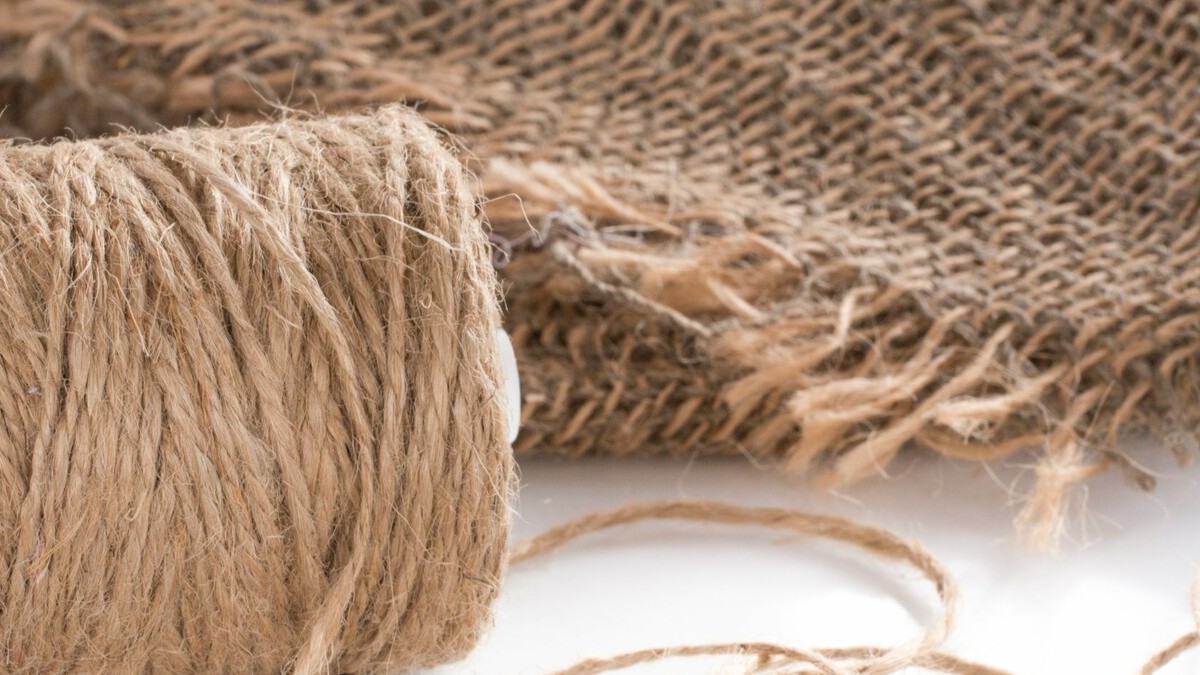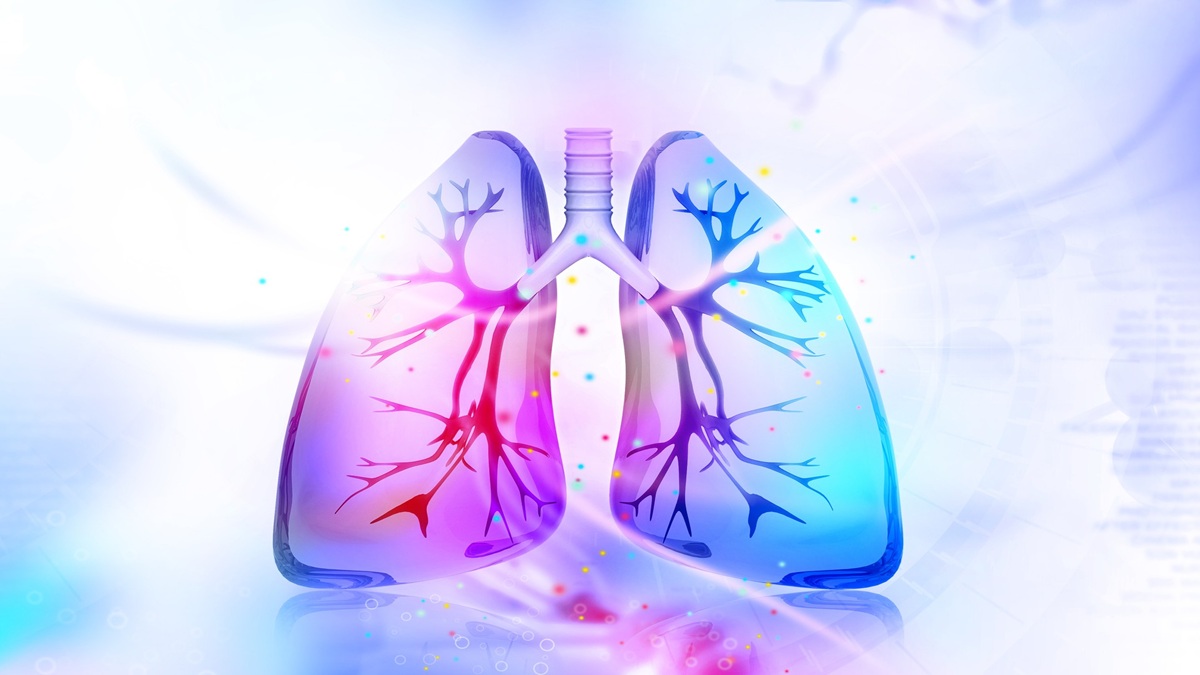Fabric quality not only determines the appearance of clothing but also affects durability, comfort, and wearing experience. For consumers, good fabric reduces issues such as pilling, deformation, or fading. For fashion brands and buyers, consistency in fabric quality directly impacts product reviews and return rates. The lifespan of a garment often depends on choosing the right fabric from the very start.
Three Core Indicators of Fabric Quality
- Density
Density refers to the number of warp and weft yarns per unit area, usually expressed as “warp × weft” or threads per inch (TPI), such as 40×40 or 60×60.
- Characteristics of high-density fabrics:
tightly woven, wear-resistant, less prone to deformation, and offering some degree of windproofing and opacity.
- Handle / Touch
Handle describes the tactile feel of the fabric, including softness, smoothness, elasticity, and drape.
- Color Fastness
Color fastness refers to a fabric’s ability to retain color during washing, rubbing, or exposure to sunlight.
Practical Methods for Testing Fabric Quality
- Visual Inspection
Check yarn uniformity and look for knots, broken threads, color inconsistencies, or surface defects. Place the fabric under light to assess evenness of luster.
- Touch Test
Pinch, rub, and stretch the fabric to gauge rebound speed and elasticity. Gently touch with the back of your hand or cheek to check for roughness.
- Density Testing
- Color Fastness Testing
- Abrasion and Wrinkle Resistance Tests
Lightly scrape the fabric with a fingernail or hard object to assess abrasion resistance; crumple into a ball and see how well it returns to a flat state.
Quality Assessment Tips for Different Fabric Types
Cotton:
check fiber length and softness, test absorbency and wash durability.
Silk:
look for natural, soft luster and good drape; genuine silk produces a “silk rustle” sound when rubbed.
Wool:
assess elastic recovery; finer fibers (e.g., Merino wool) are softer and more skin-friendly.
Synthetic Fibers:
note wrinkle resistance, static buildup, and breathability.
Professional Testing and Certifications
For more precise quality evaluation, refer to international testing standards and certifications:
ISO, AATCC, ASTM:
standardized international testing protocols
OEKO-TEX® Standard 100:
tests for harmful substances
GOTS (Global Organic Textile Standard):
certification for organic cotton and sustainable production
Conclusion: From Sensory Impressions to Data—Mastering Fabric Quality
Judging fabric quality is not based on a single sense, but rather a combination of “observation + touch + testing.” For consumers, mastering these skills helps in choosing durable and comfortable garments. For industry professionals, it reduces quality risks in procurement and product development. In today’s era of increasing focus on sustainable consumption, high-quality fabrics not only improve wearing experience but also extend garment life and reduce resource waste.





.png)








